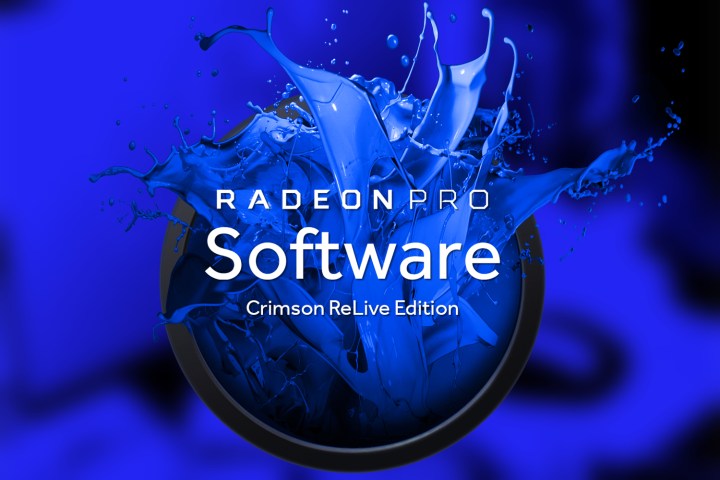
Driver switching
The big feature in AMD’s updated Radeon software is the ability to switch drivers without a system reboot. Prior to the update, professionals could merely change the user interface. However, now they can change the actual driver itself to see and experience the end-user side without a reboot. Professionals can switch between three drivers installed on a single PC, such as one Radeon Pro driver and two Radeon “vanilla” drivers.
For example, a game developer would use the Radeon Pro driver while creating content using Autodesk Maya, the Unreal Engine, and so on. After that, the developer could switch over to a gaming-focused Radeon driver to test their game. When done, the developer could switch back to the Radeon Pro driver to continue working and optimize the code for the target Radeon driver without having to reboot the PC.
Radeon ProRender
Along with the driver-swap feature, there is an update to Radeon ProRender. This is a “physically based” rendering engine used with AMD’s graphics cards that plug into popular creation tools. It is now fully compatible with Blender, integrating into the program’s viewport for real-time rendering. It comes with “physically correct” materials and lighting to provide accurate, photo-realistic renderings.
Radeon ProRender works with Solidworks too, packing support for decals, animation, and live updates. For 3DS Max and Maya, the update brings multiple new features such as tone mapping, render stamp support, motion blur support, textures emission, and more. AMD also improved the viewport rendering performance, and fine-tuned Radeon ProRender to balance the CPU and CPU compute loads.
Lastly, Radeon ProRender now provides a beta version of a new game engine importer. Currently, this works with Epic’s Unreal Engine, allowing developers to import their geometry and materials into Epic’s gaming software. For instance, developers using Solidworks can now directly export their creations into the Unreal Engine using the new tool.
And more
The other notable mentions in AMD’s Radeon software update include Radeon Pro Security, which only works with AMD’s Vega-based graphics cards. That is because the Vega GPU design includes a tiny processor dedicated to security for a safe processor boot and firmware validation. It works with Microsoft Device Guard and is capable of securing graphics-bound intellectual property, keeping valuable assets out of the hands of hackers.
Also thrown into the mix is support for the world’s first 31.5-inch monitor with an 8K resolution, the Dell UP3218K. Backing that up is Radeon Pro SSG for native, real-time post-production of 8K video. There is also now support for HDR displays, starting with Dell’s first Ultra HD HDR10 display, the Dell UP2718Q. AMD’s Radeon Pro ReLive tool received an update too, which appears to have the same updates already detailed in last week’s Radeon driver update.



